Search Images
Browse Content (p. 1286)

Image
Scene from the Tale of Genji
Part of a cabinet for storing volumes of the Tale of Genji, the 11th century CE classic novel by Murasaki Shikibu. The scene is from that novel. Maki-e lacquer, Edo period, 17th-18th century CE. (Tokyo National Museum)
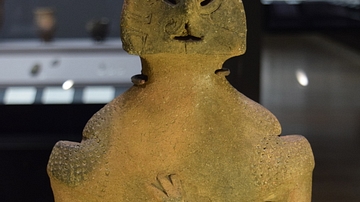
Image
Dogu Figurine, Jomon Period
A clay dogu figurine. From Kamikurokoma, Fuefuki-shi, Yamanashi, Japan. Jomon Period, 3000-2000 BCE. (Tokyo National Museum)
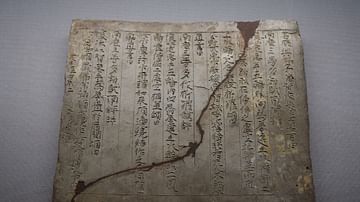
Image
Sutra Inscribed Tablet
A clay tablet carrying a sutra inscription. From Komachizuka Sutra Mound, Tanga, Uraguchi-cho, Ise-she, Mie, Japan. Heian Period, dated 1174 CE. Important Cultural Property. (Tokyo National Museum)
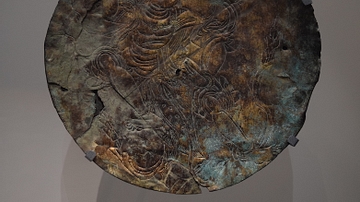
Image
Zao Gongen, Engraved Mirror
An engraved bronze mirror depicting Zao Gongen. From Mt. Omin Peak site, Tenkawa-mura, Nara, Japan. Heian Period, 10-12th century CE. Important Art Object. (Tokyo National Museum)
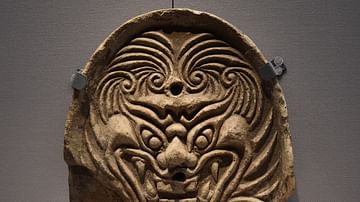
Image
Demon Ridge-end Tile, Nara
A ridge-end roof tile in the form of a demon face, Nakayama kiln, Nara, Japan. Nara Period (710-794 CE). (Tokyo National Museum)
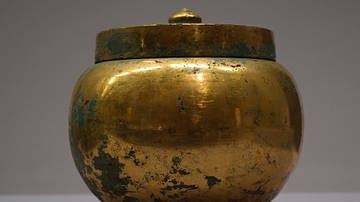
Image
Cinerary Urn, Nara Period
A gilded cast bronze cinerary urn from the Nara Period (710-794 CE). From Kamori, Katsuragi-shi, Nara, Japan. Important Cultural Property (Tokyo National Museum)

Image
Kokuzo Bosatsu, Todaiji
A statue of the bodhisattva Kokuzo Bosatsu, deity of wisdom and memory. Todaiji temple complex, Nara, Japan. 1709 CE.

Image
Bronze Lantern, Todaiji
A bronze lantern dating to the founding of the Todaiji temple complex, Nara, Japan. c. 752 CE, Nara Period.
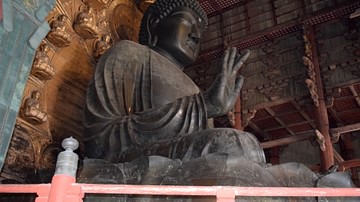
Image
Buddha, Todaiji
The huge bronze Buddha in the Daibutsuden or Great Buddha Hall at the Todaiji temple complex, Nara, Japan. c. 752 CE, Nara Period. Height: 15 metres (49 ft.). Partially restored with the legs and lower body being wholly original.
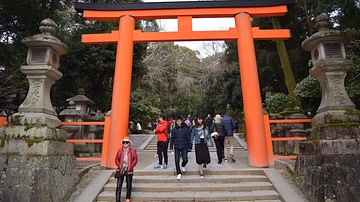
Image
Torii, Kasuga Taisha
Torii or sacred gate at the Kasuga Taisha Shinto shrine, Nara, Japan. Founded in 768 CE (or 710 CE) during the Nara period.